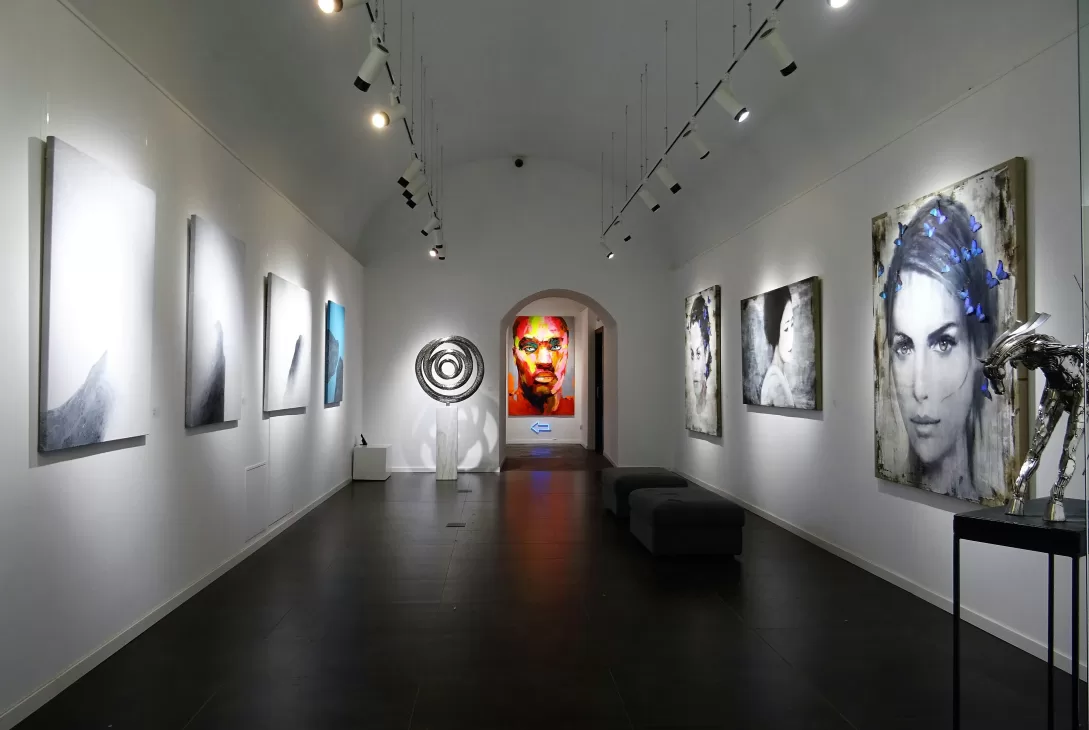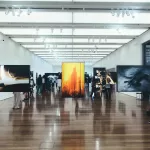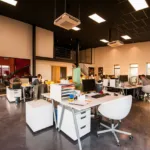The art world in Malaysia thrives on captivating narratives brought to life through exhibitions. But have you ever wondered who crafts these experiences? Two key players work behind the scenes: curators and exhibition designers. While their titles might sound similar, their roles are distinct. Let’s delve into the world of these creative collaborators and explore their unique contributions.
From Stories to Showcases: The Curator’s Role
Imagine a skilled storyteller. That’s the role of a curator. They meticulously select artworks, artifacts, or objects, weaving them into a cohesive narrative. Their expertise goes beyond selection – they conduct in-depth research, interpret the works’ significance, and ensure historical accuracy and cultural relevance. A curator’s knowledge encompasses art history, cultural contexts, and how each piece fits the bigger picture. Think of renowned figures like Neil MacGregor, who led the British Museum, or Thelma Golden, director of The Studio Museum in Harlem – these names exemplify the diverse perspectives and vision required for curatorial work.
Transforming Narratives into Experiences: The Exhibition Designer’s Role
Curators focus on an exhibition’s “what” and “why,” but exhibition designers bring it to life visually and spatially. Exhibition designers are also known as museum interior design consultants. They collaborate closely with curators, translating those conceptual narratives into captivating environments. Imagine lighting, layout, color schemes, interactive elements, and accessibility – all within the exhibition designer’s domain. Their goal? To create an immersive experience that engages visitors and enhances their understanding. Ralph Appelbaum, known for innovative museum designs, and Es Devlin, famed for her stage and exhibition installations, are just a few examples of the creative and technical expertise required in exhibition design.
The Synergy of Expertise: Collaboration is Key
The core distinction between these roles lies in their focus. Curators prioritize content, interpretation, and storytelling, while exhibition designers champion visual aesthetics, spatial design, and visitor experience. Curators delve into historical and cultural contexts, crafting narratives that resonate, while exhibition designers translate those narratives into tangible experiences through innovative design. Their skill sets also differ – curators excel in art history, research, cultural studies, and storytelling. At the same time, exhibition designers possess expertise in spatial planning, interior design, graphic design, multimedia integration, and exhibition technologies.
Despite these differences, collaboration is the magic ingredient. When curators and exhibition designers work together, content and design blend seamlessly, resulting in impactful and memorable exhibitions. A well-curated exhibition with a compelling narrative and thoughtful design elements fosters deeper engagement and learning and sparks meaningful conversations. Take, for example, the Metropolitan Museum of Art’s “Heavenly Bodies: Fashion and the Catholic Imagination.” This exhibition, curated by Andrew Bolton and designed by Es Devlin, exemplifies how collaboration elevates thematic exploration and visual presentation.
Challenges and the Road Ahead
Both curators and exhibition designers face unique challenges. Curators balance artistic freedom with institutional limitations, address cultural sensitivities, and ensure diverse perspectives are represented. Exhibition designers grapple with technical hurdles, budget constraints, sustainability considerations, and keeping pace with evolving technologies. Overcoming these challenges requires collaboration, creative problem-solving, and a keen understanding of audience expectations and cultural contexts.
The Future of Exhibitions: Embracing Innovation
The future of curatorial practices and exhibition design is brimming with exciting possibilities. Technological advancements, sustainability initiatives, and evolving audience preferences are driving innovation. Virtual exhibitions, augmented reality experiences, sustainable design practices, and interactive installations are shaping the next generation of exhibitions. By embracing these trends while upholding the integrity of curatorial narratives, we can ensure exhibitions continue to inspire, educate, and transform.
In conclusion, curators and exhibition designers in Malaysia collaborate to create transformative experiences through their distinct expertise. While curators curate content and shape cultural discourse, exhibition designers translate these narratives into captivating environments. Together, they ensure that exhibitions transcend mere displays, becoming unforgettable journeys that leave a lasting impact.







